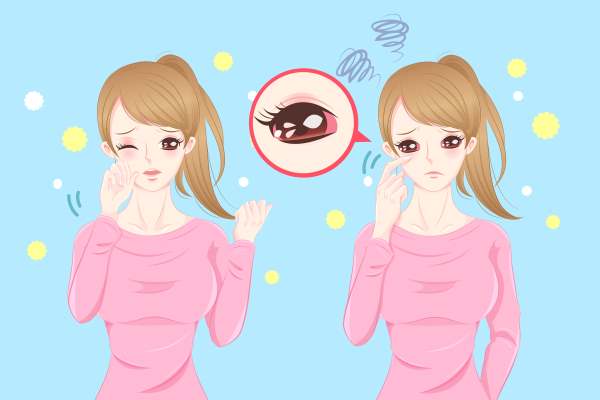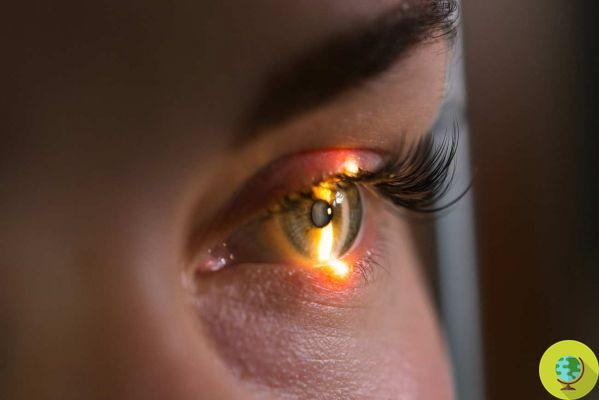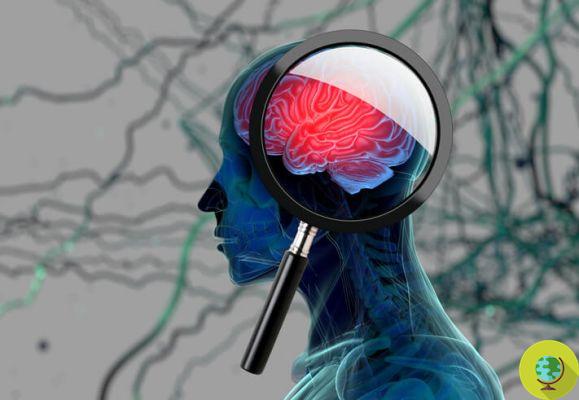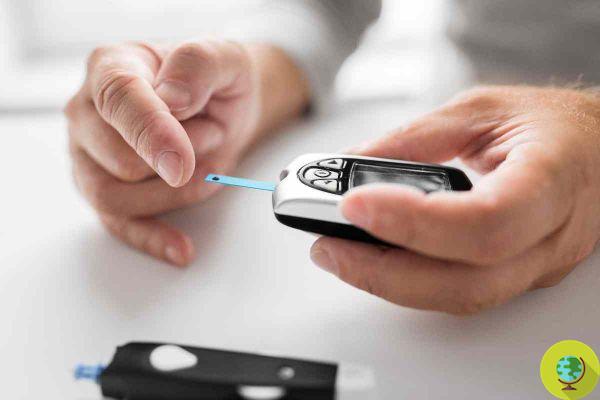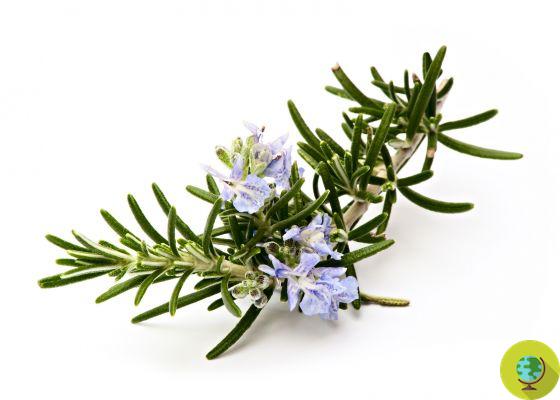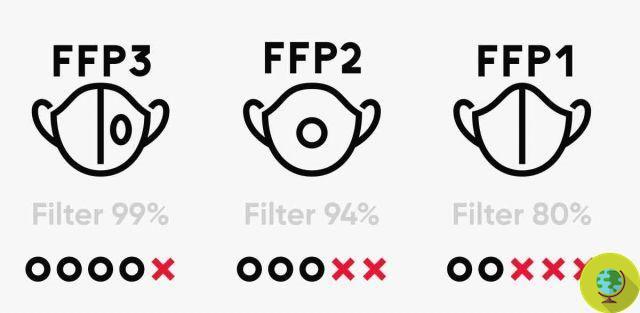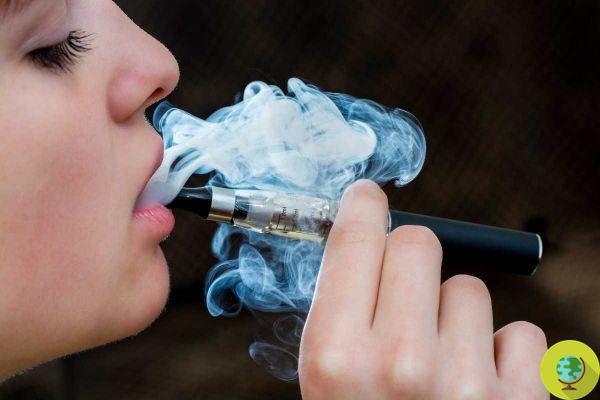
We are better acquainted with HHT, a rare and very insidious genetic disease, the first main symptom of which is epistaxis, nose bleeding
Don't store avocado like this: it's dangerousLa hereditary hemorrhagic telangiectasia (also called HHT, acronym from the English Hereditary Hemorrhagic Telangiectasia) is a rare inherited genetic disease, which affects the blood vessels. Patients, who live with the disease for life, have malformations in the veins and arteries, which sometimes cause bleeding (especially in the nose or intestines).
Index
Symptoms of the disease
HHT is a rather insidious disease, since its most obvious symptom at a young age - that is, nose bleeding - is also attributable to other less serious pathologies or to simple capillary fragility. This prevents, in many cases, an early diagnosis of the disease.
Il nose bleeding results in epistaxis phenomena that occur regularly and with a certain frequency, due to malformations of the capillaries inside the nostrils. Sometimes it is real bleeding that requires the use of specific drugs to be stopped. Blood loss, of course, results in iron deficiency anemia, which must be compensated for by taking specific supplements.
However, as the disease progresses, it brings with it more obvious manifestations and more characteristic warning signs. Among these we have the presence of small red spots present in different areas of the body and particularly concentrated around the lips, on the tongue, on the fingertips, behind the ears: these are abnormal blood vessels, telangiectasias, visible just under the skin.
These "specks", small but very widespread and concentrated in the areas of the body that we have mentioned, begin to appear in adulthood (between the ages of twenty and thirty) and continue to develop as we get older. Unfortunately, however, it is not just a purely "aesthetic" issue: telangiectasias, in fact, are also found inside the body - in soft organs such as the brain, intestines, lungs - and their presence can remain latent and asymptomatic even for years, in the absence of specific checks (such as an MRI or CT scan).
But it's like walking through a minefield: HHT sufferers have to live with them arteriovenous malformations (AVMs) for a lifetime and not without risk. Inside the lungs, AVMs can lead to low levels of oxygenation in the blood; in the brain, on the other hand, they can cause seizures or epileptic absences; finally, their "outbreak" can cause internal bleeding, increasing the risk of stroke.
Cause dell’HHT
As we have said, it is a hereditary disease, that is transmitted by the genome of one of the two parents. HHT is referred to as an autosomal dominant disease:
- Autosomal, as the genetic mutation is found on a non-sexual chromosome: this means that the disease can be transmitted regardless of the sex of the unborn child, and that males and females have an equal chance of being born sick;
- Dominant, as the mutation can also be transmitted from just one chromosome.
Hemorrhagic telangiectasia is transmitted directly from parent to child and there are no healthy carriers: therefore, it cannot skip a generation and then reappear. Every child of a parent with HHT has a 50% chance of inheriting the disease.
Coexistence with HHT
Being a genetic disease, which includes the presence of malformations, healing from HHT is impossible. However, thanks to effective medical treatments, the quality of life of sufferers can improve a lot. First of all, bleeding from the nose can be contained through specific ointments and reconstructive creams of the nasal walls or alternatively, in the most severe cases of the disease, with targeted surgical interventions aimed at reconstructing the internal walls of the nose (through the use of the laser or the skin reconstruction).
Iron deficiency can also be curbed by taking supplements or blood transfusions. In this case, remember the importance of a diet rich in foods containing iron - such as legumes, green leafy vegetables, dried fruit.
A separate discussion must be made for AVMs that are found inside the body, and which must be treated surgically through an intervention called embolization: in practice, it is a question of mechanically blocking the flow of blood towards the telangiectasia, which is "closed" with a sort of "plug".
It will be the specialist doctor who will assess the possible need for this intervention in the case of a potentially dangerous or large AVM; in the rest of the cases, the malformations are simply kept under periodic observation.
Francesca's story
We talked about HHT with Francesca, 21, who gave us her testimony.
When and how did you find out you were sick?
I discovered that I had this disease during my adolescence, due to the frequent and abundant nosebleeds that my father also had. By pure chance, perhaps also thanks to the intuition of our treating doctor, we came to an initial diagnosis of the disease. Then, in January 2019, I carried out a genetic test at the HHT center in Bari, which was positive: it was the confirmation we were waiting for.
What does it mean for you to live with HHT?
At first, I often felt uncomfortable: nosebleeds appeared suddenly in my daily life, while I was at school or with friends, and I didn't know how to manage them. But then, over time and with the help of doctors, I learned to know my disease and to live with it.
Today I am followed by the team of specialists of the “Gemelli” Polyclinic in Rome and, recently, I was also subjected to the embolization of an AVM in the left lung.
Follow us on Telegram | Instagram | Facebook | TikTok | Youtube
Sources: HHT Onlus / Policlinico Gemelli / NHS
We also recommend:
- What is Lafora's disease, symptoms and why treatments cost so much
- Rare diseases: Eva Luna is only 19 months old and is already a heroine, with a smile that not even the PFIC can remove
- The strange and rare syndrome that affects some children one month after coronavirus infection






